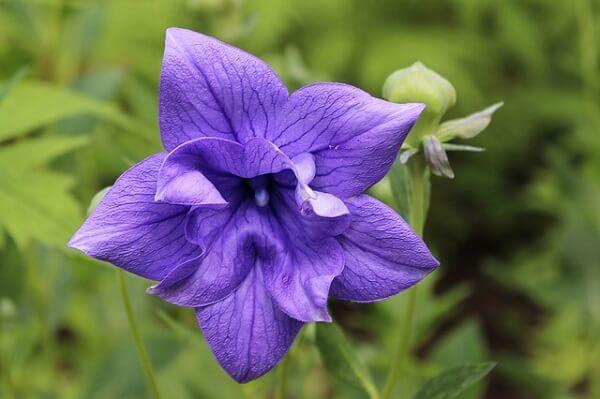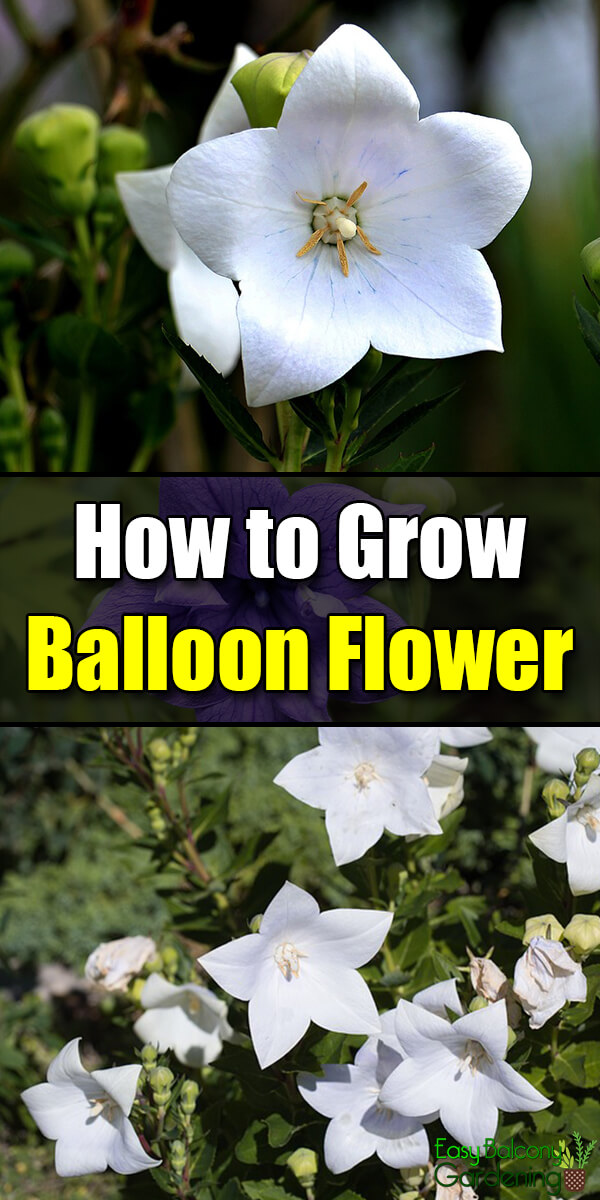Balloon flowers are usually grown because of the buds that come from them that look rather whimsical and fun although they are very tough. Because of this, they are a good choice for beginner gardeners who might not yet have a solid technique, giving you plenty of room to move around. If you want to bring those pretty, puffy, perennial flowers with their long lifespan to your garden, look no further than this article.
You can begin with either plants or seeds, although if you start from a seed, the plants won’t bloom during that first year after they are planted. These balloon flower seeds will usually need stratification and will be a good choice for sowing during the winter. If you keep the seed pods and let them stay on at the end of the season, you may even see some popping up in the spring. Begin the seeds indoors during the early spring, and be sure to very gently push the seed into the very top of moist soil. Because they need light to germinate properly, don’t cover the seed with soil. Doing this correctly will allow the seeds to germinate in only 2 or 3 weeks. Once this happens, move the seeds into a larger pot before you transfer it outside. You may be tempted to stake them due to their tall, floppy nature, but it is best to grow them with other balloon flowers and let them support each other.
Soil
Balloon flowers need a slightly acidic soil pH that ranges between 5.8 and 6.8. You’ll want to make sure the soil is slightly loamy and very well drained.
Light
If you plant the balloon flowers in a full-sun setting, you will get the highest yield. That said, these balloon flowers will be just fine if planted in partial shade, and this is especially true if the shade comes during the afternoon.
Water
Once the balloon flowers have been established, they won’t need a lot of watering. As mentioned, they are tough and will typically be fine in short periods of drought.
Fertilize
These flowers are not heavy feeders, but it is important that you dress the top with compost in order to help them get all of the energy they need to bloom. Adding organic granular fertilizer will also help ensure they get plenty to eat without overdoing it.
Humidity and Temperature
Balloon flowers will do best in temperatures between 60 and 80 degrees Fahrenheit, but they will be fine in high-temperature areas so long as they have enough shade in the afternoon. They are also fine with high levels of humidity.
After Blooming
When they become stocky, the balloon flower stalks should be pinched back when they are around 6 inches in height. Deadheading them is important and will keep them constantly blooming. Be sure not to remove the whole stem, only the faded flowers, and your balloon flowers will look beautiful for seasons to come.








